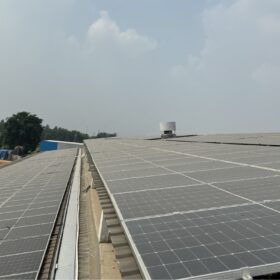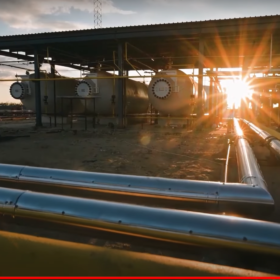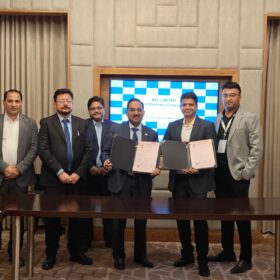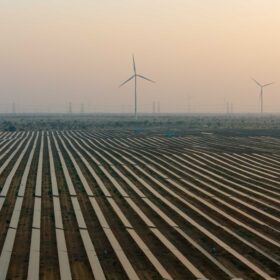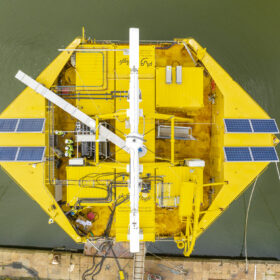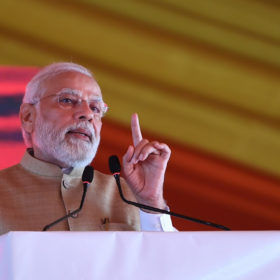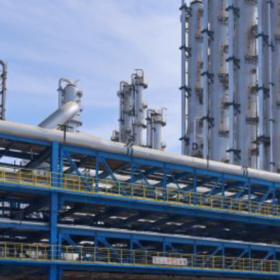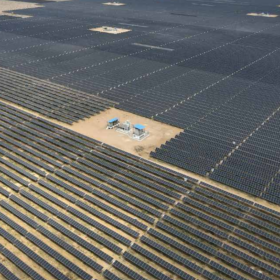How solar panels, inverters, and batteries work together to save your money
Rishab Kohli, managing director, Orient Solar, writes that investing in a solar power system offers long-term economic benefits to homeowners. While the initial cost may be high, the return on investment is substantial.
India’s hydrogen mission: Unleashing the power of green fuel
India’s hydrogen revolution is gaining momentum, but to fully realise its potential, the country must bridge the gap between production and demand. The government’s policies have successfully catalysed investments and spurred innovation, but future success will depend on driving consumption and scaling up both production and infrastructure.
The Hydrogen Stream: India’s Uttar Pradesh receives INR 1.15 lakh crore investment proposals from 17 firms for green hydrogen production
The state government of Uttar Pradesh has received investment proposals amounting to close to INR 1.15 lakh crore from 17 different entities for producing green hydrogen/green ammonia
REC to provide $280 million for Hygenco green ammonia project
Hygenco has entered into a memorandum of understanding (MoU) with REC Ltd for $280 million to finance its green
ammonia project in Gopalpur, Odisha.
Aluminium-polymer battery for stationary electricity storage
The device developed by TU Bergakademie Freiberg researchers uses aluminum as an anode, graphite as a cathode, and a polymer-based solid electrolyte. It is being validated and further developed for industrial production. The goal is storage capacity of 10 kWh.
India to face significant land, water challenges in scaling renewables beyond 1.5 TW, says CEEW study
A new report by CEEW states that India’s unconstrained RE potential exceeds 24 TW (terawatts), but not all of it is achievable. Even reaching the 7 TW required to achieve net-zero emissions by 2070 will require a holistic approach to addressing challenges such as land access, climate risks, land conflicts, and population density.
The Hydrogen Stream: H2Mare project links electrolyzers to wind turbine
The German government says that the H2Mare OffgridWind project in Denmark has connected two electrolyzers to a wind turbine for hydrogen production, while Ontras Gastransport and H2 Energy Europe have agreed to define the technical and commercial framework for hydrogen transportation in its Green Octopus Mitteldeutschland pipeline project.
Pathway to a green transition
In this article for pv magazine, Naresh Mansukhani, chief executive officer, Juniper Green Energy, writes about the barriers to India’s transition to green energy and suggests the way forward.
Honeywell commissions battery energy storage system to help decarbonize Lakshadweep
Honeywell’s battery energy storage system (BESS) technologies integrated into the solar microgrid of the remote Kavaratti islands of Lakshadweep support decarbonization of the islands’ energy supply.
PM Modi stresses on democratization of solar manufacturing, technology
“Solar manufacturing and technology must be democratized to help developing countries. Empowering the least developed countries and small island developing states should be a top priority,” said prime minister Narendra Modi in his inaugural address at the first International Solar Festival 2024.
